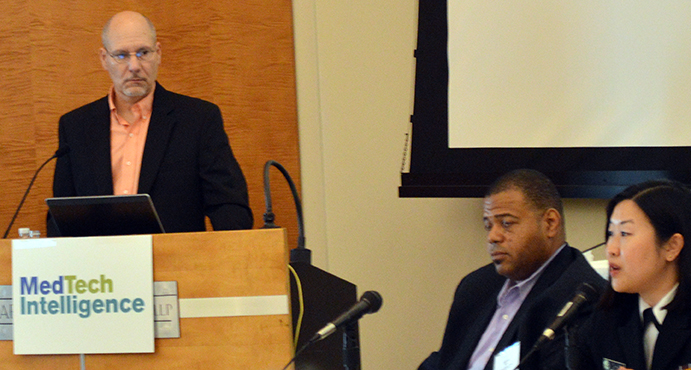
Solving Technology Hazards in Hospitals
ECRI’s top 10 hazards list drew attention to technology issues, and device manufacturers should be communicating with hospitals to address the problems.

ECRI’s top 10 hazards list drew attention to technology issues, and device manufacturers should be communicating with hospitals to address the problems.

Leveraging big data and clinical evidence is top of mind.

When assessing the root cause of a use error, look at the user interface before pointing fingers.

Well-written and usable instructions are critical for all users.

Don’t ignore the changing medtech landscape; it will continue to affect product design and manufacturing. A discussion with Kenneth Fine about design challenges.

FDA’s perspective on human factors and usability engineering has evolved.

The comprehensive approach to human factors considers how a product operates alone, interoperability in larger settings, and data management.

The creation of the Office of Combination Products more than a decade ago may have been a big step forward, but frustrations surrounding policy-making and coordination between CDRH, CDER and CBER remain.

When developing highly complex medical devices, the mountain of “interesting” ideas that result from traditional brainstorming all too often buckles under technical scrutiny. A more efficient and effective way to generate and refine ideas that are technically viable is needed.
With a lot of focus on human factors in healthcare, and an increasing number companies developing devices destined for use outside the hospital, there’s particular interest in the challenges surrounding home healthcare.
With a lot of focus on human factors in healthcare, and an increasing number companies developing devices destined for use outside the hospital, there’s particular interest in the challenges surrounding home healthcare.